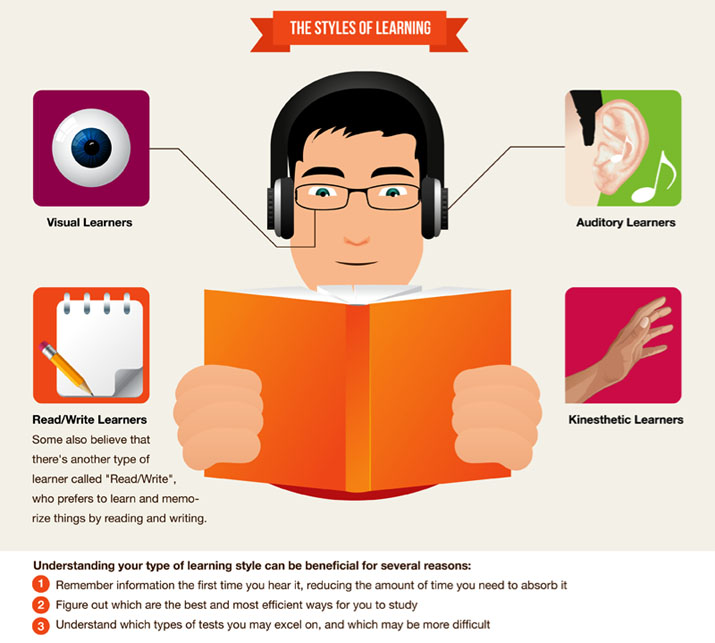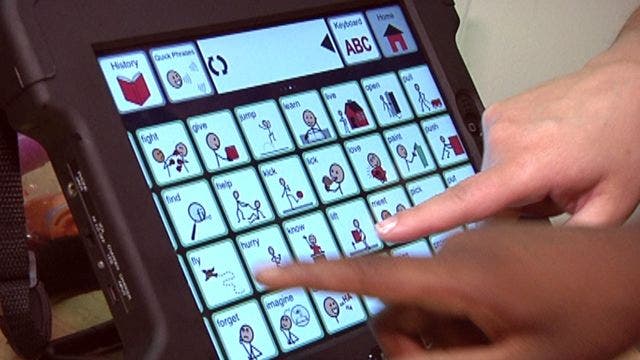Traumatic brain injuries, tumors, cerebral palsy, MS, Guillain-Barre syndrome, Lyme disease, and more – these can all be the culprits of the speech disorder known as dysarthria. It is characterized by symptoms such as abnormal rhythm (intonation) during speech, hoarseness and other voice quality issues, mumbled or slurred speech, inappropriate rates of speech (too fast or too slow), and inadequate tongue, lip, and facial muscle control. The severity of these symptoms can vary greatly depending on the cause. Evaluation and individualized treatment plans by a speech-language pathologist are valuable, and the following are four speech therapy activities for kids with dysarthria that can provide improved speech quality. Continue reading →





